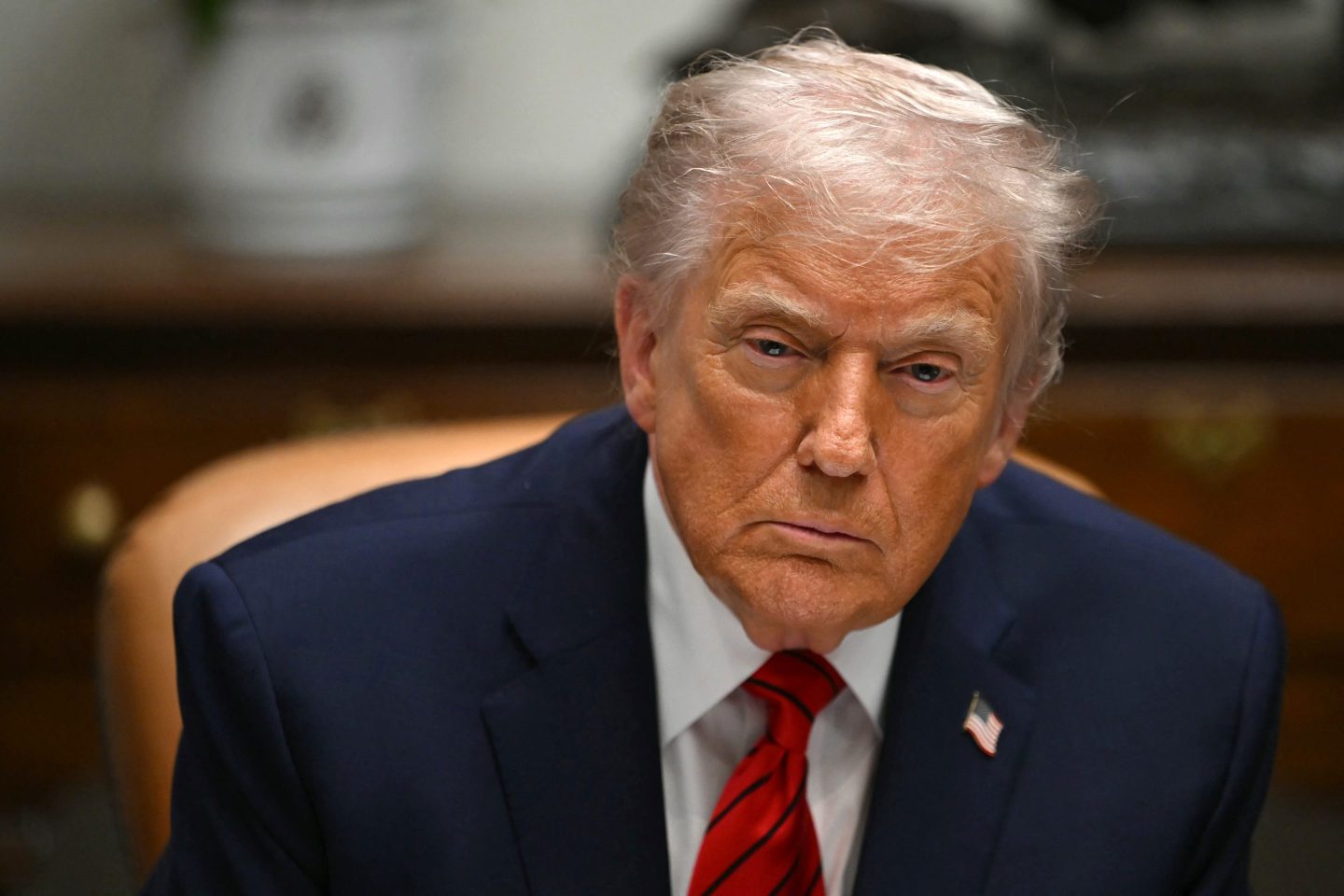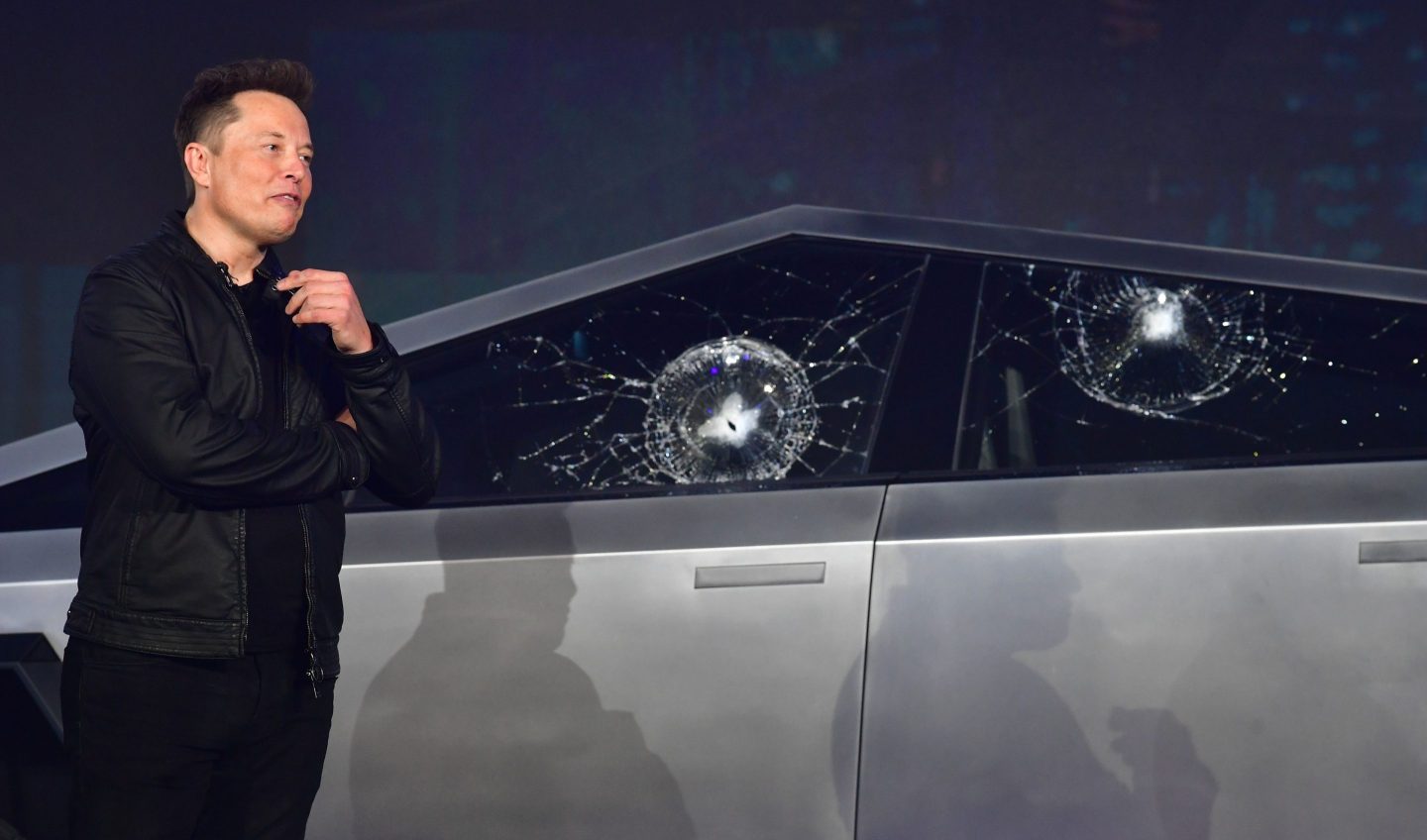Consumers may be rattled by inflation and fears about the economy, but that hasn’t stopped them from flocking to Starbucks for the coffee chain’s latest limited offering: a 20-ounce cup shaped like a teddy bear.
Starbucks unveiled on Wednesday its “Bearista Cold Cup,” selling for $29.95. The item sold out within hours, with some customers complaining of people in line shoving one another to stake a claim over the product. Others claimed they waited in store lines for an hour, only to see employees take two cups off the shelf and buy them themselves.
Some able to buy the Bearista cup have taken to reselling it online, with many cups going for more than $300—even up to an eye-popping $50,000.
Starbucks offered an apology for the limited run of the cup, saying it did not expect it to become so popular.
“The excitement for our merchandise exceeded even our biggest expectations and despite shipping more Bearista cups to coffeehouses than almost any other merchandise item this holiday season, the Bearista cup and some other items sold out fast,” a Starbucks spokesperson said in a statement to Fortune. “We understand many customers were excited about the Bearista cup and apologize for the disappointment this may have caused.”
Last month, the coffee chain reported its first same-store sales growth in two years, turning the corner on a yearlong turnaround plan implemented by CEO Brian Niccol to turn Starbucks back into a cozy “third space.” Company changes included adding more comfortable store seating, and slashing menu items, as well as leveraging AI, taking the pressure off baristas so they can fulfill orders more efficiently.
Defying a cautious consumer
Retailers have long promoted holiday decorations and goods months ahead of schedule, as spending on special seasonal products tends to remain robust, even as other discretionary purchases take a hit. Look no further than Starbucks’ perennially popular Pumpkin Spice Latte, which it rolls out in August—a month before the autumn equinox.
Ravi Sawhney, founder and CEO of product design firm RKS Design, told Fortune that Starbucks’ success with the Bearista cup goes beyond just seasonal flair. It pulls at the feeling of status that consumers desire, even in challenging economic times.
“In tough times, people look for any level of being unique, special,” Sawhney said. “They need those little tokens, and if it’s rare, that makes it that much more special.”
The designer, interested in the psychology behind why people purchase what they do, said consumers want to feel like they are on a hero’s journey when they go after an affordable trinket: They identify something they want, go through trials and tribulations to attain it, and then are positively viewed by other individuals who covet the item they just obtained.
“What is the low-cost way to be a hero to yourself and to others?” Sawhney said.
In less poetic terms, the Bearista cup is simply an extension of the little treats culture favored by Gen Z to justify small purchases after a challenging day. According to Sawhney, Starbucks is the embodiment of this little treats psychology—People may not be able to afford much, but they still splurge on a cup of coffee. It’s no surprise, then, why the Bearista cup was such a hit.
“It’s the essence of Starbucks,” he said.












